10+ Years Experience
Specialist Horse Menages

Enquire Today For A Free No Obligation Quote
Imagine having your own indoor riding arenas, where you can train and practice year-round without the worry of weather conditions or limited daylight hours.
In this article, we will guide you through the process of building your own indoor riding arenas, from planning and designing to construction and maintenance.
Get ready to embark on an exciting journey towards your dream equestrian facility!
The average cost to construct an indoor arena in the UK is approximately £60,000 – £100,000, assuming a size of 40x20m.
Building an indoor arena can be a significant investment, with costs varying depending on factors such as size, location, materials used, and additional features.
Despite the initial costs, the benefits of having an indoor arena often outweigh the expenses, making it a worthwhile investment for many equestrians.
There are also cost-effective solutions available, such as utilising recycled materials or employing prefabricated structures, which can help reduce the overall cost of construction without compromising quality.
Indoor arenas, also known as indoor schools, offer numerous benefits that cater to both horse and rider.
One of the most significant advantages of an indoor school is the ability to train and practice year-round, regardless of the weather conditions outside.
This consistent training environment allows riders to maintain their schedules and horses to adapt and improve in various aspects, ultimately enhancing overall performance.
Furthermore, indoor riding arenas provide protection from harsh weather elements such as rain, wind, and extreme temperatures, ensuring the comfort and safety of both horse and rider.
In addition, these facilities offer a controlled environment, allowing for better focus and concentration during training sessions, as well as the ability to manage temperature, humidity, and other environmental elements.
The consistent environment provided by an indoor arena allows equestrians to avoid under-training, over-training, and burnout.
With year-round access to a quality riding surface, riders can strengthen weaker muscles, increase their range of movement, enhance overall fitness, balance, and posture, and educate their horses to work in various ways.
Moreover, indoor arenas facilitate consistent training schedules, ensuring that riders can maintain their progress and motivation throughout the year, regardless of the weather conditions outside.
This means that riders and their horses can continue to grow and improve, without the setbacks often experienced due to seasonal disruptions.
Indoor riding arenas offer shelter from a wide range of weather conditions, including rain, wind, and extreme temperatures.
This protection can prevent hoof conditions and skin issues caused by rain and other inclement weather, ensuring a pleasant and secure atmosphere for both horses and riders.
With the ability to train and ride in a comfortable environment, regardless of the weather outside, riders can maintain a consistent schedule and avoid interruptions in their training routine.
Indoor arenas provide a safe and reliable space for both horse and rider to focus on their training and development.
Indoor arenas offer a secure and undisturbed area for training, shielding both horse and rider from the elements.
This controlled environment enables enhanced focus and concentration during training sessions, allowing for more effective and efficient use of time and resources.
Furthermore, the ability to manage temperature, humidity, and air quality within an indoor arena ensures the well-being of horses and riders alike.
This controlled environment not only contributes to a more pleasant training experience, but also promotes the overall health and performance of both horse and rider.
Proper planning and design are crucial for a successful indoor riding arena, including location, size, and customisation options.
In this section, we will discuss the key considerations and steps involved in planning and designing your dream indoor arena.
Location is an important factor to consider when planning an indoor riding arena.
It should be close enough to your home or business to be convenient, but far enough away to avoid noise and other disturbances. Additionally, the results were excellent.
When selecting a location for your indoor arena, it is important to consider factors such as access, ground conditions, and proximity to other facilities.
Accessibility is crucial, as you will need to ensure that large, heavy machines required for delivering materials and constructing the arena can traverse the ground without any issues, and that there is sufficient space for them to manoeuvre.
Additionally, terrain characteristics are essential to take into account. A level site is preferred, as constructing on uneven ground can result in increased costs due to the need for a more complex and expensive drainage system.
By carefully considering these factors, you can select the ideal location for your indoor riding arena and avoid potential complications during the construction process.
The most popular menage size is 40m x 20m. However, is you are using it for show jumping or dressage, many people extend it to be 60m x 20m.
The size and dimensions of your indoor arena are crucial, as they determine the available space for riding and the type of riding that can be done in the arena.
When selecting the size of your indoor arena, it is advisable to opt for the largest arena that your budget permits, without compromising the quality of the materials or construction teams employed for the project.
This will ensure that you have ample space for various riding disciplines and create a versatile and functional space for your equestrian needs.
Customising your indoor arena with features such as lighting, mirrors, and sound systems can greatly enhance the training experience for both horse and rider.
These features can be tailored to your specific needs and preferences, allowing you to create a unique and personalised space for your equestrian activities.
In addition to these customisation options, you can also consider other aspects such as open rafters, structure type, size, surface material, and ventilation.
By carefully considering and incorporating these customisation options, you can create an indoor arena that not only meets your functional requirements but also reflects your individual style and preferences.
The construction process and materials used in building an indoor arena are essential for ensuring a durable and high-quality facility.
In this section, we will discuss the components involved in constructing your indoor riding arena, from the sub base and surface layers to the choice of building materials and cost-effective solutions.
The sub base is the foundation of the arena and is typically made of compacted gravel or crushed stone. It is important to ensure that the sub base is properly compacted and level to provide a stable foundation.
A well-constructed sub base and surface layer are crucial for the performance and longevity of your indoor arena.
The sub base provides a stable foundation and facilitates the drainage of water from the surface, while the surface layer offers a consistent and safe riding area for both horse and rider.
When constructing the sub base, it is important to use a load-bearing and highly stable material, such as crushed concrete or stone.
A geotextile membrane should be laid between the sub base and the surface layer to prevent the two from mixing and to allow for proper water drainage.
Choosing the right building materials for your indoor arena is crucial for ensuring durability, cost-effectiveness, and suitability for your specific needs and location.
Fibre cement sheets are commonly utilized for roof structures with 15-20% clear perspex sheets, and composite roofs are implemented where the budget allows.
When selecting the materials for your arena’s riding surface, consider factors such as the type of riding to be performed, local climate, and drainage requirements.
Angular, high-quality silica sand, waxed surfaces, or non-waxed surfaces may be used, depending on your specific needs and preferences.
Building your indoor riding arena doesn’t have to break the bank.
There are cost-effective solutions available that can help you construct a high-quality facility without compromising on performance or durability.
Utilising recycled materials or employing prefabricated structures can help reduce the overall cost of construction while still providing a top-notch arena for your equestrian needs.
Furthermore, exploring ways to reduce expenses on the arena base, sand/footing, and fencing can also contribute to a more cost-effective construction project.
By carefully considering your budget and researching cost-effective solutions, you can construct a top-quality indoor arena that meets your needs without breaking the bank.

Regular maintenance and long-term care are essential for keeping your indoor riding arena in top condition.
In this section, we will discuss the various correct maintenance tasks and strategies required to ensure the longevity and performance of your indoor riding arena.
These tasks include regular cleaning and inspection of the arena, as well as proper drainage and ventilation.
Additionally, it is important to ensure that the arena is properly maintained and that any necessary repairs are made.
Performing regular maintenance tasks is crucial for maintaining the quality and safety of your indoor arena’s riding surface.
These tasks include cleaning, levelling, and watering the footing, removing manure, and inspecting the walls and roof for any damage.
By diligently carrying out these tasks, you can ensure that your arena remains in the best possible condition for both horse and rider.
In addition to these maintenance tasks, it is also important to monitor and maintain proper drainage and incorporate new sand or footing additives when necessary.
This will help prevent any issues with the riding surface and ensure a safe and enjoyable training environment for both horse and rider.
Implementing long-term care strategies is essential for ensuring the longevity and performance of your indoor arena.
Periodic resurfacing and structural inspections can help identify any potential issues and address them before they become major problems.
In addition to these strategies, maintaining proper ventilation and temperature levels within your indoor arena is crucial for the well-being of both horse and rider.
By consistently cleaning and disinfecting the surface, as well as regularly inspecting the structure to ensure its integrity, you can guarantee a safe and enjoyable training environment for years to come.
Obtaining planning permission and working with a professional construction team are crucial steps in building your indoor riding arena.
In this section, we will discuss the importance of these steps and provide guidance on how to navigate the planning permission process.
Choosing the right construction team for your project is also important. We will provide advice on how to select the right team for your project, including what to look for in terms of experience and qualifications.
Before beginning construction on your indoor riding arena, it is essential to familiarise yourself with the planning permission requirements and regulations in your area.
Obtaining planning permission is a legal process that ensures your structure is built in compliance with local statutes and ordinances.
To ensure that the appropriate amount of time and money is allocated to acquiring the necessary permissions, research the relevant planning laws of your local council.
This will help you avoid any complications or delays during the construction process and ensure that your indoor riding arena is built in accordance with all necessary regulations.
Selecting a reputable and experienced construction team is essential for ensuring a smooth and successful building process for your indoor riding arena.
When choosing a construction team, evaluate their experience and reputation, review their references and portfolio, and verify that they have an understanding of the design and performance elements that are critical to bear in mind during the initial stages of arena construction.
A professional construction team will not only help ensure that your indoor riding arena is built to the highest standards but will also provide valuable guidance and expertise throughout the entire construction process.
By carefully selecting and working with a skilled construction team, you can ensure that your dream indoor riding arena becomes a reality.
In conclusion, building your own indoor riding arena is an exciting and rewarding endeavour that can greatly enhance your equestrian experience.
By carefully considering factors such as location, size, and customisation options, and working with a professional construction team, you can create a top-quality facility that meets your specific needs and preferences.
With proper planning, design, and maintenance, your indoor riding arena will provide you with a safe and comfortable environment for both horse and rider to train and excel, regardless of the weather conditions outside.
So, take the first step towards your dream equestrian facility today and begin planning your indoor riding arena!
An indoor horse arena is commonly known as an indoor menage, indoor arena, indoor school or indoor ring, which is specifically designed to allow for safe and enjoyable horse riding indoors.
Indoor arenas are often used for horse shows, dressage, jumping, and other equestrian activities.
They are also used for riding lessons, training, and recreational riding.
They provide a safe and controlled environment for riders and horses and can be used year-round regardless of the weather.
The recommended size for an indoor riding arena is 40m x 20m or 60m x 20m.
The size of the indoor arena depends on what disciplines you will be practising and to what level.
For show jumping and dressage, it is preferred to have a larger arena.
The best base for an indoor riding arena is a combination of 6 inches of compacted crushed stone or limestone topped with 2 inches of cleaned and screened, medium to coarse, hard, sharp sand.
This provides surface drainage and ensures the sand will not break down into small dust particles.
For a menage, it is necessary to apply for planning permission if you intend to dig out the ground and put in drainage or resurface.
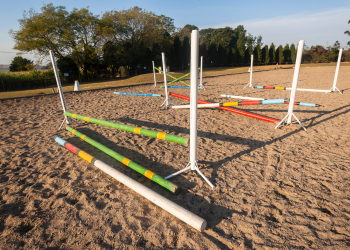
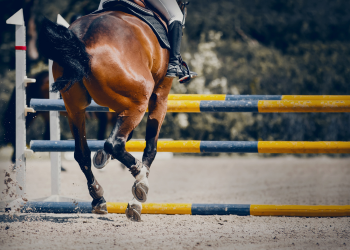
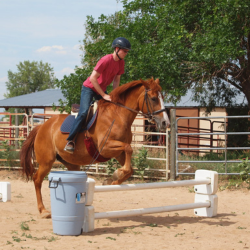
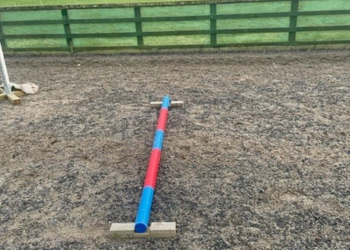
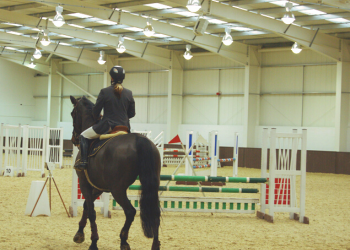
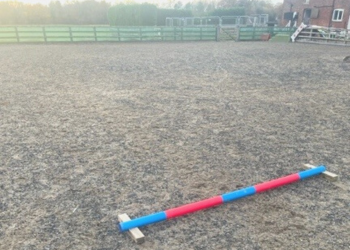
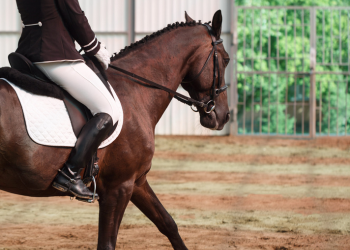

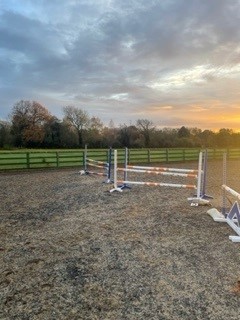
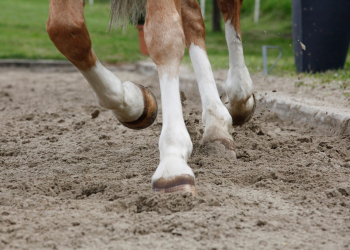
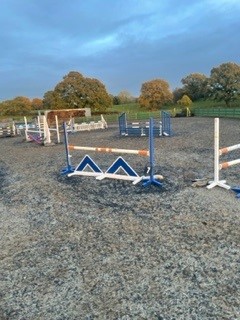
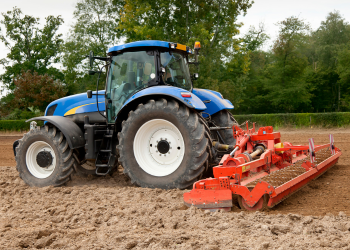

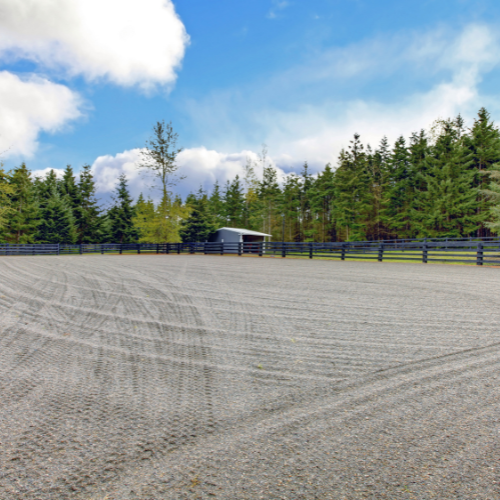

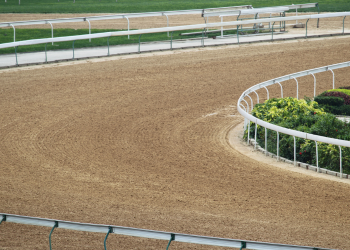
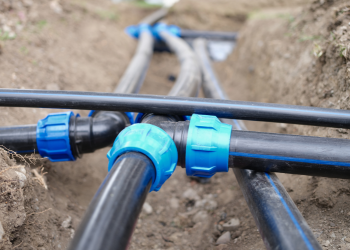
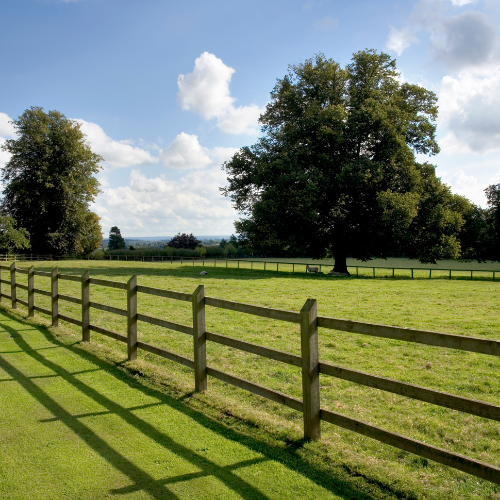
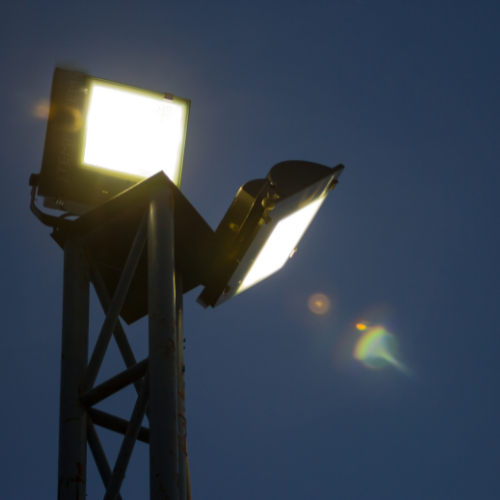
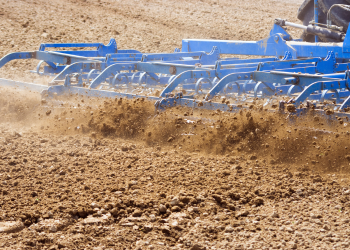
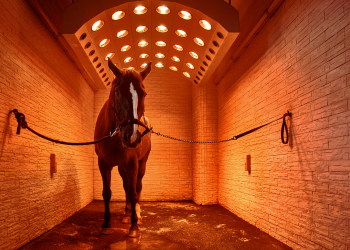


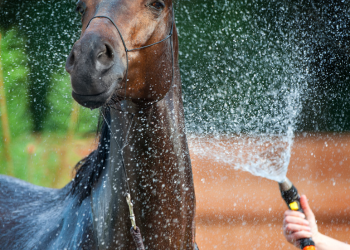
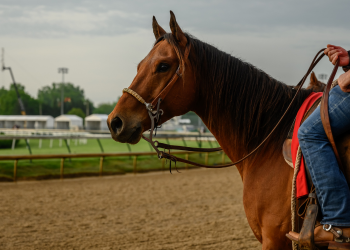
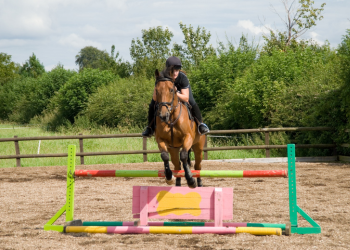
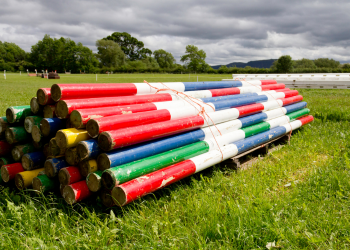
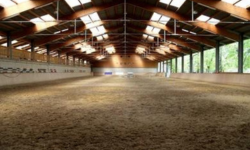
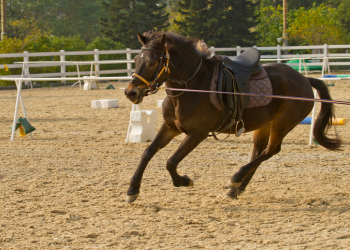
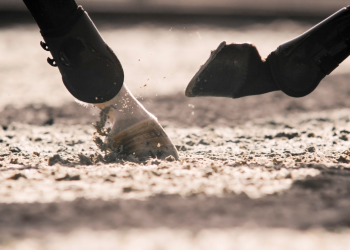
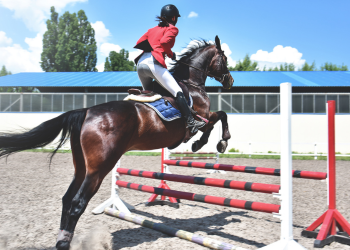
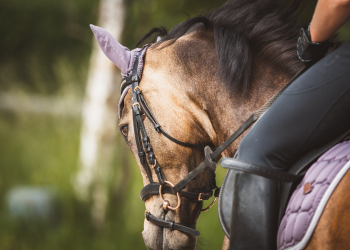
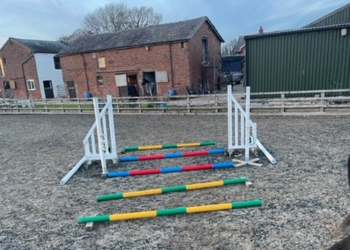
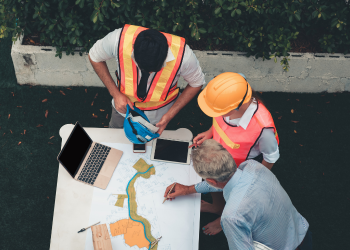
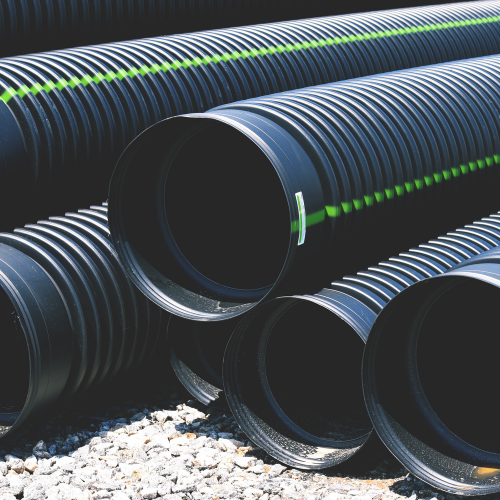
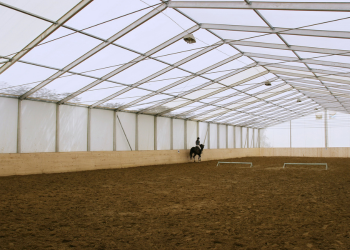
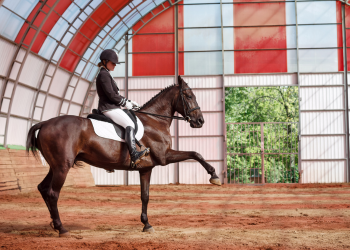
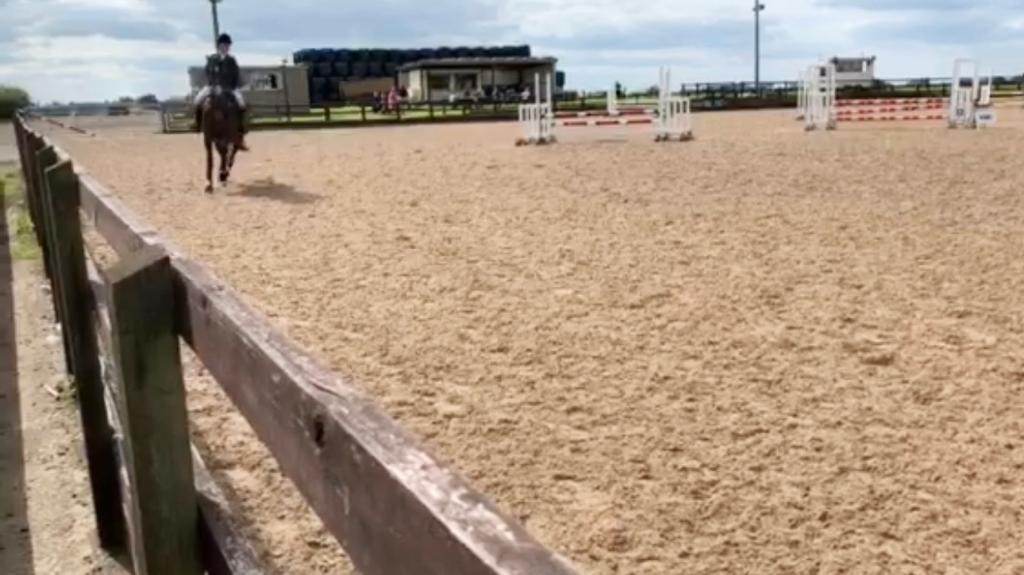
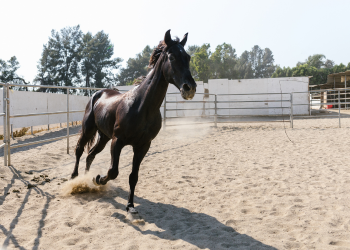
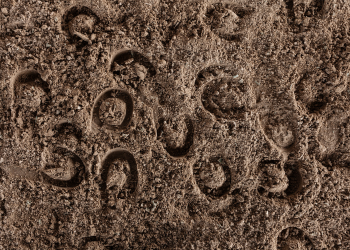

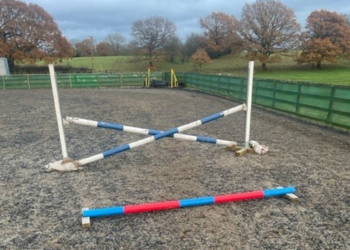


We Aim To Reply To All Enquiries With-in 24-Hours